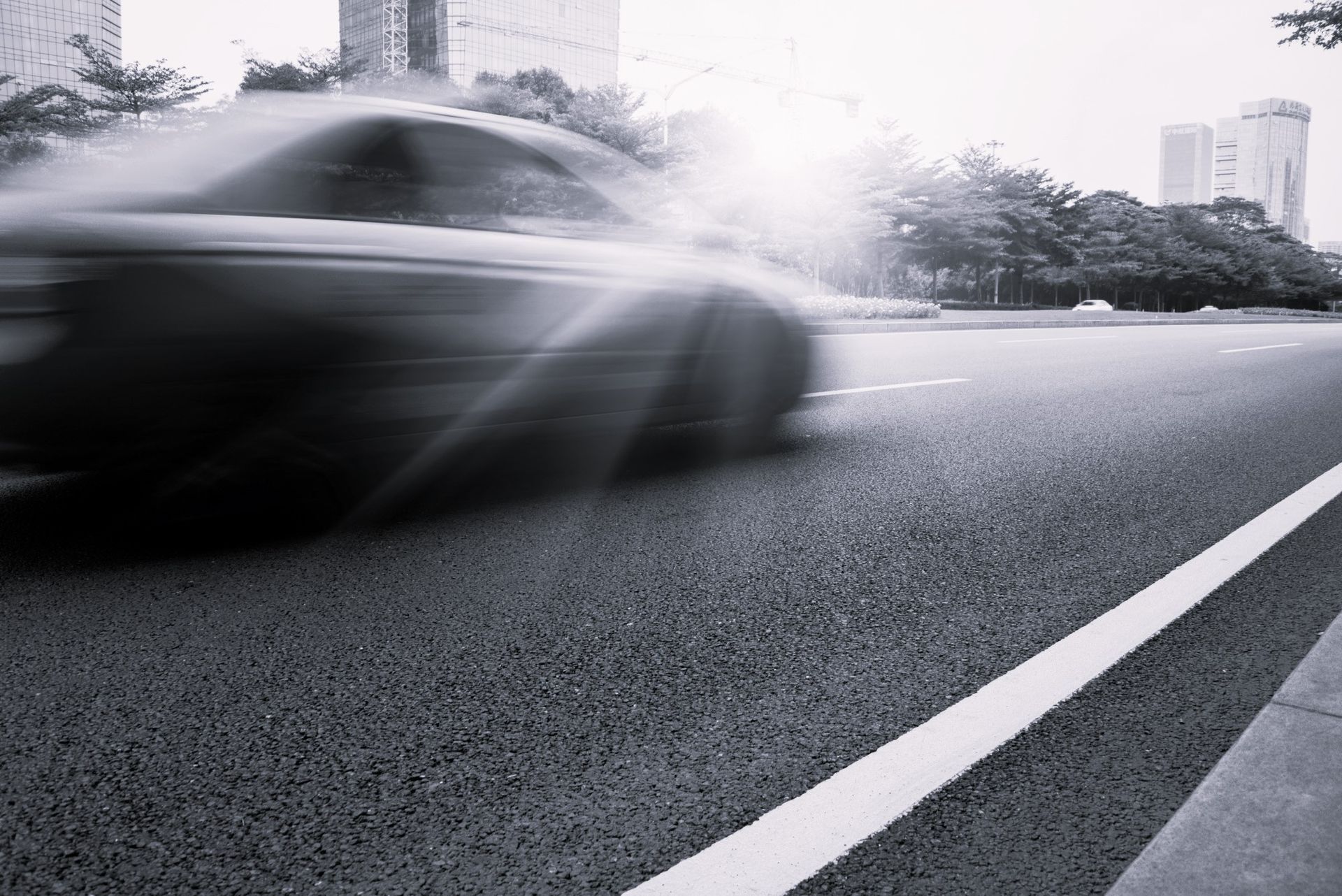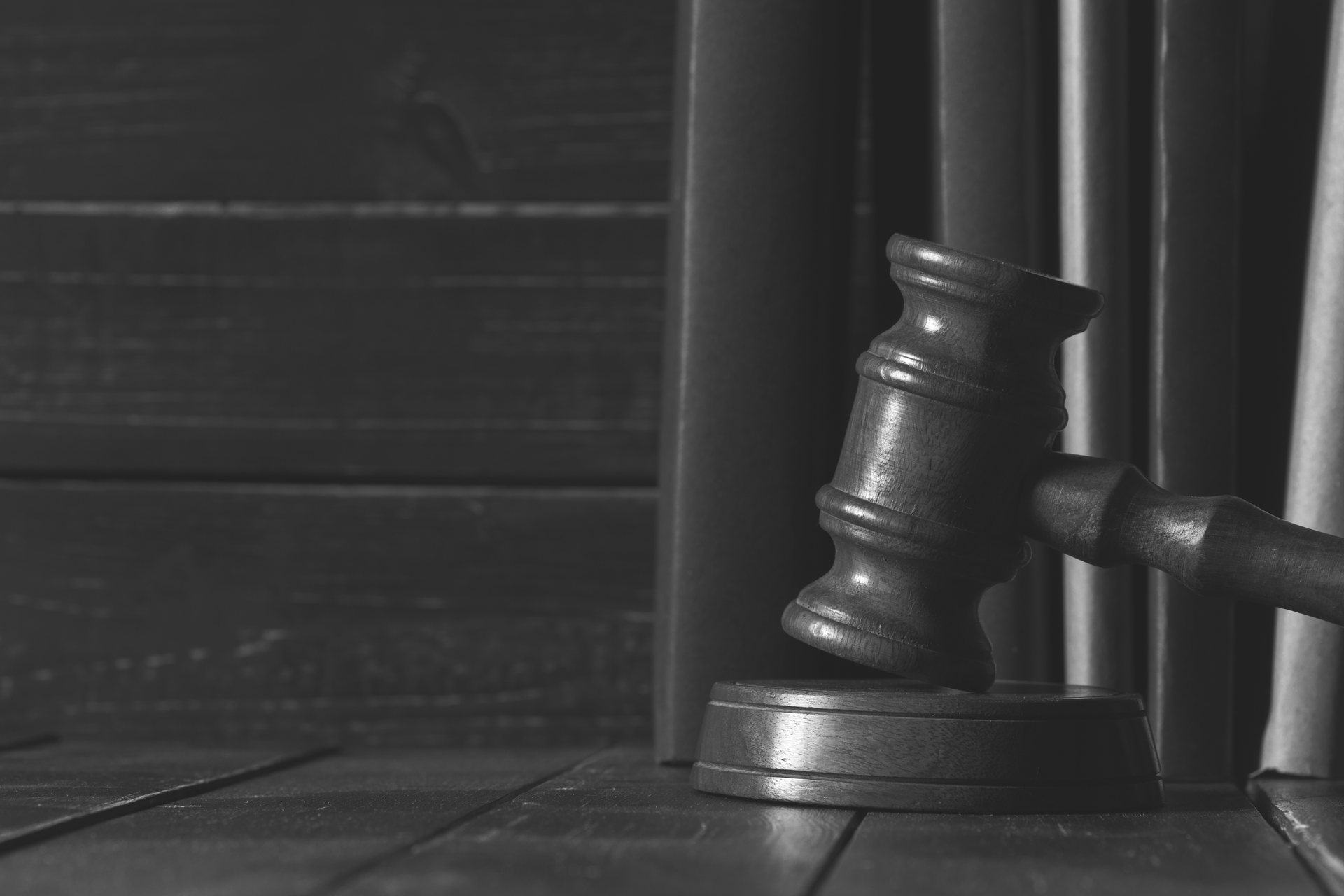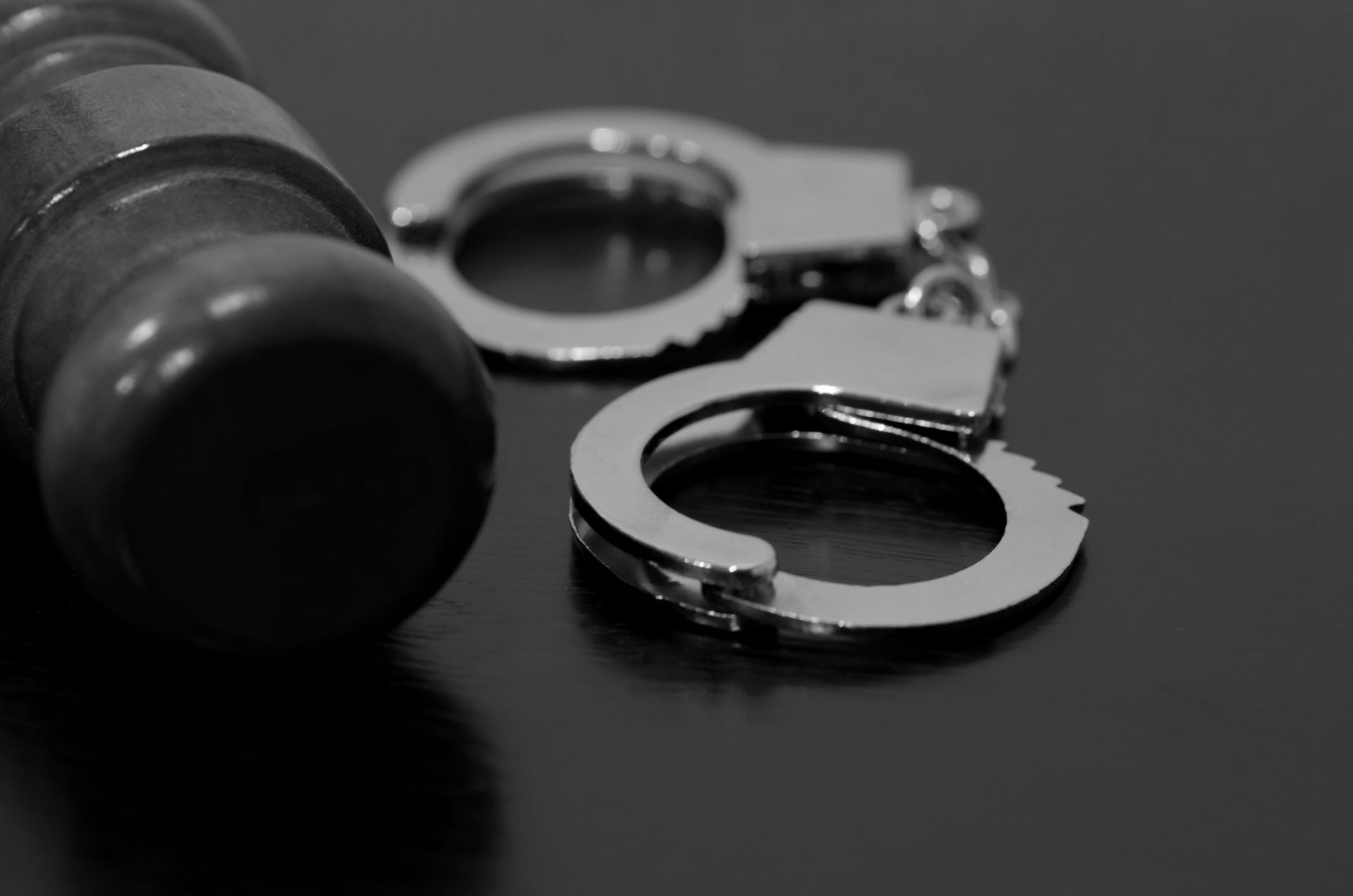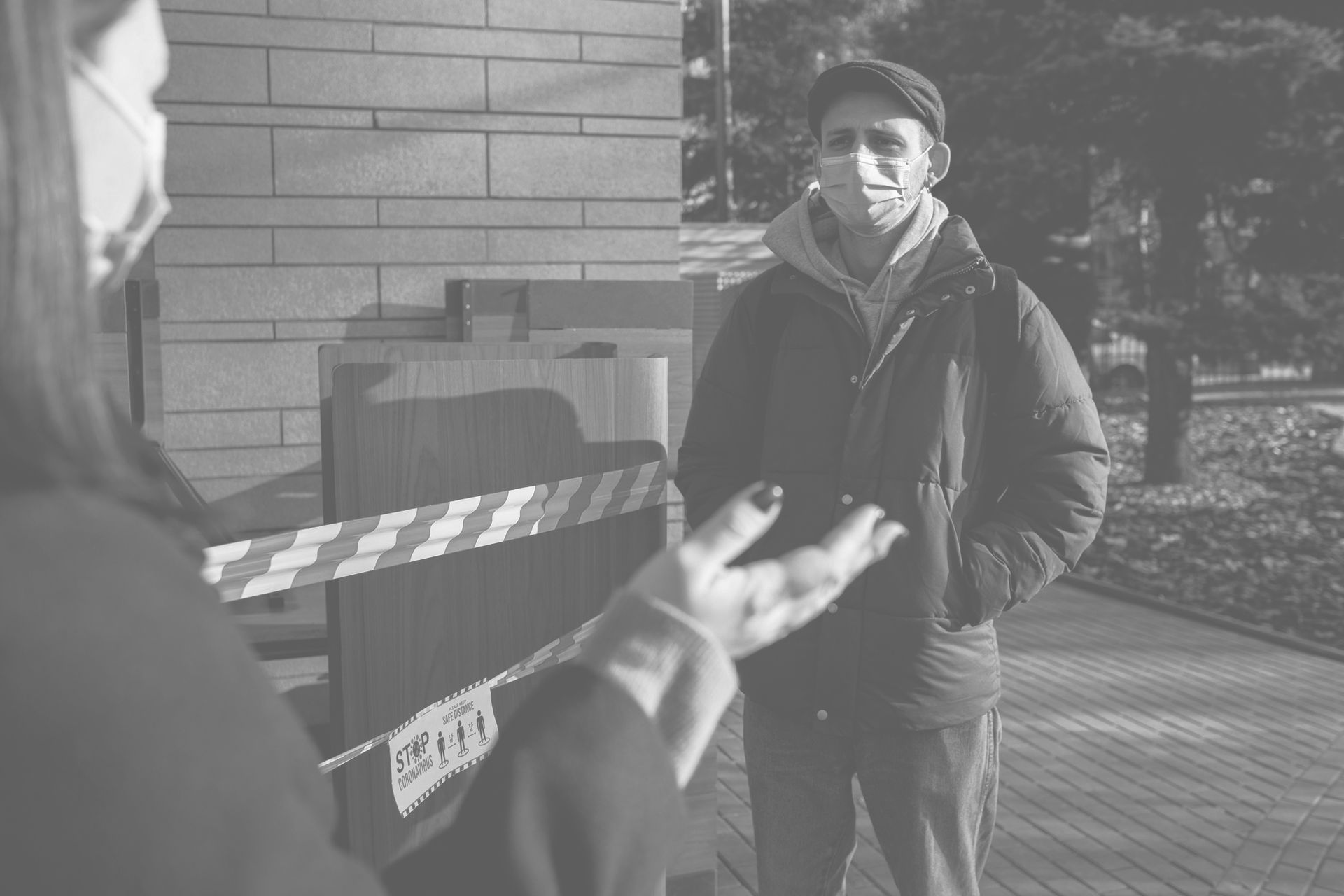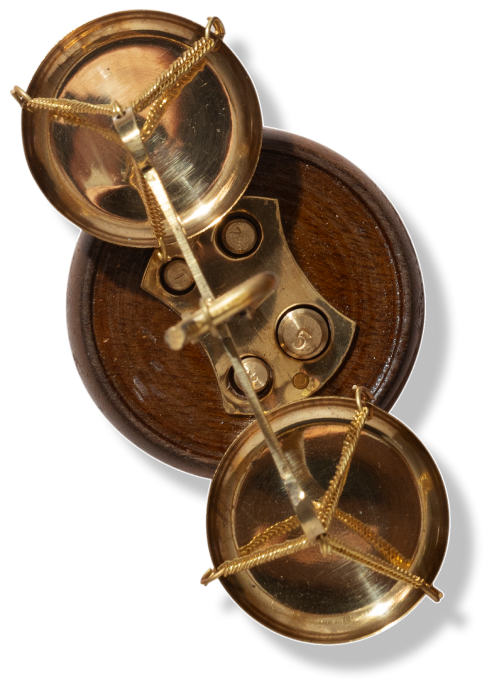Who Is at Fault in a Bike Accident Case?
Written by Law Office of Rolando Cantú, reviewed by Rolando Cantú
Who Is at Fault in a Bike Accident Case?
If you are involved in a bicycle accident, determining who is at fault can be tricky. In most cases, the driver of the car is at fault. However, there may be instances where the cyclist is to blame.
Bicycle accidents can happen for a variety of reasons. Sometimes, the cyclist is at fault, while other times it is the driver of the car. In order to determine who is at fault in a bicycle accident case, you need to look at the specific circumstances surrounding the incident.
- Determining Who Is at Fault
- Traffic Laws for Bicyclists in Texas
- Common Types of Bike Accidents
- Dooring
- Right turns
- Left turns
- Sideswipes
- Hit from behind
- Bicycle Defects
- Bike Lane Cut-Ins
- Sideswipes from parked cars
- Bike Accidents Caused by Road Hazards
- Potholes
- Debris
- Construction Zones
- Determining Liability for Bike Accidents
- Working with a Attorney
- The Law is on your side
In this blog post, we will discuss who is typically at fault in a car bike accident and what you can do to protect yourself if you are injured.
Determining Who Is at Fault
In Texas, determining fault in a bicycle accident case can be very complicated. Most bicycle accidents are caused by negligence; this means that the driver of the motor vehicle failed to use reasonable care, and as a result, someone was injured. The most common cause of bicycle accidents is when a car turns in front of the cyclist.
Determining who is at fault in a bike accident will depend on what exactly happened during the incident. For example, if you were riding your bike through a crosswalk and were hit by a car turning right, it is likely that the driver would be at fault for not yielding to you. However, if you were riding against traffic or not having your lights on at night, you may also share some of the fault in the accident.
Unlike in some states, Texas allows both adult and juvenile bicyclists to ride on sidewalks unless prohibited by local ordinance. Children under age 5 must wear a helmet when riding on a sidewalk or roadway, but there is no statewide helmet requirement for older children or adults. Bicyclists are subject to the same traffic laws as motor vehicle drivers on public roads. Some of those laws include:
- Riding with traffic flow
- Using the right edge of the road and yielding to faster vehicles
- Using hand signals to indicate lane changes and turns
- Dismounting from the bike when necessary (such as when walking across an intersection)
Because bicyclists have most of the same responsibilities as drivers of motor vehicles, they are also subject to penalties if they break the law. If a bicyclist is found to be at fault in an accident, they may be ticketed and/or face civil liability.
To avoid being held liable in a bicycle accident, it is important to understand and follow all traffic laws. Additionally, you should always ride with caution and be aware of your surroundings. If you are ever in doubt about whether it is safe to ride, it is always better to err on the side of caution and walk your bicycle.
It is important to remember that even if you share some of the blame in an accident, it does not mean that you are completely barred from recovering damages. In Texas, we follow a comparative negligence model, which means that any compensation you receive will be reduced by your percentage of fault. So if you are found to be 20% at fault for an accident, then any damages awarded will be reduced by 20%.
Traffic Laws for Bicyclists in Texas
As a bicyclist in Texas, you are subject to the same traffic laws as drivers of motor vehicles. As we have previously mentioned, this includes riding with traffic flow, using the right edge of the road and yielding to faster vehicles, and using hand signals to indicate lane changes and turns. You are also required to dismount from your bicycle when necessary, such as when crossing an intersection.
If you break any of these traffic laws and are involved in an accident, you may be held liable. This means that you may be ticketed and/or face civil liability for the accident. To avoid being held liable, it is important to understand and follow all traffic laws. Additionally, you should always ride with caution and be aware of your surroundings.
Common Types of Bike Accidents
In bicycle accident cases, cyclists are not as protected as motorists, so the consequences of an accident can be severe. Some of the most common types of bike accidents include:
Dooring
A dooring accident occurs when a motorist or passenger opens a car door and strikes a bicyclist whether this was in the bike lake or on the shoulder.
This type of accident is particularly common in cities where vehicle parking is allowed on the street. In most states—including California—the person who opens their door into traffic without looking is liable for any resulting injuries.
Right turns
Cars making right turns often fail to see bicyclists who are traveling straight through the intersection. The bicyclist may be in the driver’s blind spot, or the driver may fail to look properly before turning. If a collision occurs, the driver is usually at fault because they failed to yield the right of way to the bicyclist. However, if the cyclist was speeding or ran a red light just before the accident occurred, they may share some liability for their injuries.
Left turns
When a motorist makes a left turn, they must yield to oncoming traffic—including bikes. The cyclist may have had a green light, so legally they should have had the right of way, but if they were speeding or not paying attention, they may share some fault for the accident.
Sideswipes
A sideswipe is when a car hits a bicycle from the side. These accidents often occur when a bicycle is riding too close to the edge of the road and a car passes them without enough room. The driver may not see the bicycle, or they may misjudge the distance. Either way, the bicycle is usually at fault for these types of accidents.
Hit from behind
Being hit from behind is one of the most dangerous types of bicycle accidents. These collisions often occur because the driver was following the bicycle too closely, was distracted, or did not see the bicycle. The cyclist may be thrown onto the hood of the car or into oncoming traffic. If you are hit from behind, it is important to seek medical attention immediately as you may have suffered serious injuries.
Bicycle Defects
Bicycles are not immune to defects, and if a bicycle defect causes an accident, the bicycle manufacturer may be liable. A bicycle defect can include anything from a defective tire to a faulty brake. If you have been in an accident and believe that your bicycle was defective, it is important to contact an experienced bicycle accident attorney who can investigate your claim and help you recover the compensation you deserve.
Bike Lane Cut-Ins
This is when a motorist crosses into a bike lane in order to make a right. Often, the motorist will misjudge the distance between their car and the bicycle, causing a collision. The cyclist may swerve to avoid being hit and be thrown into oncoming traffic. The motorist is usually at fault for these types of accidents.
Sideswipes from parked cars
This is similar to a sideswipe, but it happens when a bicycle is riding next to a line of parked cars and one of the car doors opens, striking the bicycle. The motorist is usually at fault for these types of accidents.
Bike Accidents Caused by Road Hazards
Bicyclists are just as susceptible to road hazards as motorists. Some common road hazards that can cause bicycle accidents include:
Potholes
Potholes can cause a bicycle to lose control and crash. If you hit a pothole and are injured, you may be able to file a claim against the city or county responsible for maintaining the road.
Debris
Debris on the road can cause a bicycle to lose control and crash. If you hit debris on the road and are injured, you may be able to file a claim against the company responsible for cleaning the road.
Construction Zones
Bicyclists are at a higher risk of being injured in a construction zone because of the increased number of hazards. If you are injured in a construction zone, you may be able to file a claim against the company responsible for the construction.
As you can see, there are many different factors that can contribute to a bicycle accident. If you have been involved in any of these types of accidents, it is important to seek legal help as soon as possible. An experienced car accident attorney or personal injury lawyer will be able to review the facts of your case and help you determine who is at fault. They can also help you recover the compensation you deserve for your injuries.
You might also be interested: How do you Determine Who is At Fault in a Car Accident?
Determining Liability for Bike Accidents
Bicyclists are considered vehicle drivers under Texas law. This means that they must adhere to the same rules and requirements as other drivers with respect to obeying traffic signals and signs, yielding the right of way when appropriate and driving safely at all times.
If a bicyclist is injured in an accident with another vehicle, liability for the crash may be determined by whether the bicyclist or the driver violated any traffic laws. This is where the contributory or comparative negligence laws of Texas come into play. Under these laws, an injured party’s recovery may be reduced by the percentage of fault attributed to them for the accident.
Under Texas's modified comparative fault rule, if a bicyclist is found to be more than 50 percent responsible for causing an accident, he or she will not recover compensation from any other at-fault parties. However, if a bicyclist is found to be less than 50 percent responsible for an accident, he or she may still recover damages — but only up to the percentage of fault attributed to other parties.
For example, if a jury finds that a bicyclist is 40 percent responsible for causing an accident and the driver of the other vehicle is 60 percent responsible, the bicyclist may recover up to 60 percent of his or her damages from the driver.
It is important to note that in many bicycle accident cases, multiple parties may be found at fault. In these cases, each at-fault party will be responsible for a portion of the damages. The insurance company for each at-fault party will be responsible for paying the bicycle accident victim’s damages up to the policy limits. If the damages exceed the policy limits, the at-fault party may be personally responsible for paying the excess damages.
If you have suffered severe injuries in a bicycle accident, it is important to seek legal help as soon as possible. An experienced car accident attorney or a personal injury lawyer will be able to review the facts of your case and help you determine who is at fault. They can also help you recover the compensation you deserve for your injuries.
Also read:
What you should know about a settlement offer before accepting it
Working with a Attorney
If you are planning on pursuing a bicycle accident claim or a personal injury claim, you will need to work with an experienced law firm or attorney. An attorney can help you navigate the legal process and ensure that you take the necessary steps to protect your rights.
When it comes to a personal injury case, it is important to get every detail right in order to have the best chance at a successful outcome. This includes preserving evidence, filing the necessary paperwork and, in some cases, working with expert witnesses. An experienced attorney will be familiar with the process and will be able to guide you through every step of your case.
In these cases, the best thing you can do is to retrieve and record as much evidence as possible. This includes taking pictures of the accident scene, getting contact information for any witnesses and keeping track of your medical records, any police report, etc. An experienced lawyer will help you get compensation for medical bills, lost wages, and other damages.
Might also be helpful:
Are my injuries serious enough to file a claim for compensation?
The Law is on your side
At the end of the day, determining fault in a bike accident case is not always crystal clear. There are instances where several parties can have roles in causing an accident. Personal injury cases may depend on various defenses, such as comparative negligence by one of the parties involved or defective roadway design which could affect how a jury comes to a decision about who the victim is or what happened at the scene of the accident.
Knowing who is at fault may help you understand your legal options. If you have been injured in a bicycle accident, it is important to seek legal help as soon as possible.
At the Law Office of Rolando Cantu, our team of personal injury lawyers have the experience and knowledge to handle complicated cases, whether you need a car accident lawyer, or a DWI expungement, We will work tirelessly to get you the compensation you deserve for your injuries, offering an excellent attorney client relationship. Contact us today for a free consultation.



